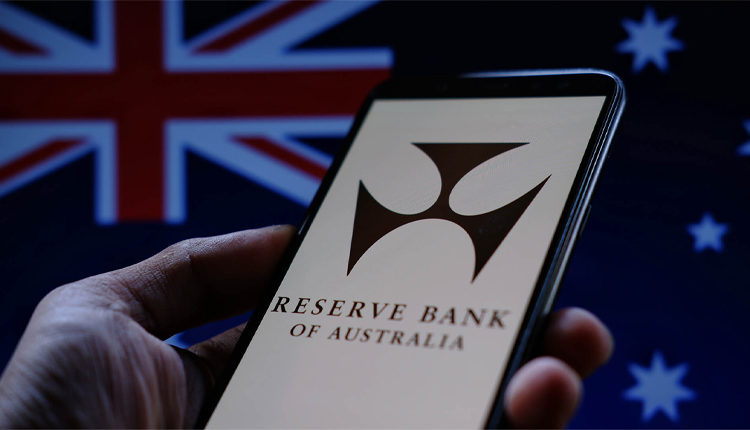The Reserve Bank of Australia (RBA) is facing increasing pressure to loosen its monetary policy in the coming weeks as government-funded cost-of-living relief measures drive headline inflation sharply lower.
Despite persistent core inflation, July’s inflation data is expected to show a return to the RBA’s 2-3 per cent target band for the first time since 2021, fuelling public and political calls for a reduction in interest rates.
With the United States, European Union, and Canada anticipated to ease their monetary policies in the days leading up to the RBA’s September 24 meeting, the central bank may find itself isolated in maintaining its current interest rate stance.
To manage expectations and avoid the turmoil experienced by its predecessor, the RBA has been actively communicating its intention to hold rates steady in the near term due to potential upside risks to inflation.
It’s unusual to see such a flurry of RBA communication in such a short period, noted Gareth Aird, head of Australian economics at Commonwealth Bank of Australia (CBA).
“If the economic data over the near term evolves in line with the RBA’s latest forecasts the cash rate will be left on hold until Q1 2025,” he added. “But we continue to side with market pricing and think it more likely than not we will see a rate cut by the end of the year.”
The RBA has been reluctant to cut rates, but markets suggest a 42 per cent chance of a 0.25 per cent reduction in the 4.35 per cent cash rate in September.
The likelihood increases to 84 per cent for a cut in November, following third-quarter inflation data.
CBA’s Aird predicts a slowdown in core inflation to 3.3 per cent and expects a rise in unemployment from 4.2 per cent, supporting the case for a rate cut.
However, the RBA’s messaging faces a significant challenge as headline consumer price index (CPI) is expected to drop even more dramatically, likely falling below the 2-3 per cent target band. This is primarily due to government-provided rebates on electricity bills and grants to renters, totalling A$3.5 billion ($2.36 billion).
Goldman Sachs estimates these measures will cause the CPI to decline by 0.7 per cent in July alone, reducing annual inflation by a full percentage point to 2.7 per cent.
The July CPI data, due on August 28, is expected to generate media headlines calling for immediate relief for borrowers, particularly those with variable mortgages.
The RBA’s decision to maintain rates is further complicated by the easing policies of neighbouring countries and the anticipation of rate cuts by the Federal Reserve, Bank of Canada, and European Central Bank.
Attribution: Reuters
Subediting: M. S. Salama



